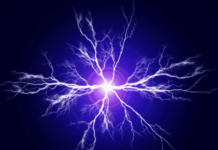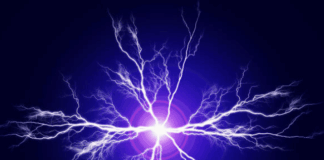In a world first, a team of researchers from across the US has developed a 3D printed guide that is designed to re-grow complex injured nerves, and has successfully tested it in rats.
The guide, which was developed by researchers from Virginia Tech, Princeton University, the University of Maryland, the University of Minnesota and Johns Hopkins University, has the potential restore both motor and sensory functions, making it a highly promising step for sufferers of nerve damage.
“This represents an important proof of concept of the 3D printing of custom nerve guides for the regeneration of complex nerve injuries,” said Michael McAlpine, study lead researcher and mechanical engineering professor at the University of Minnesota.
At present, it is very rare for severely injured nerves to be successfully re-grown, leaving many suffers with permanent paralysis. The researchers believe the technology could help around 200,000 people every year who suffer nerve damage as a result of either disease or injury.
While only tested in rats at present, the researchers believe that the technology, which was detailed in a paper published today in the journal Advanced Functional Materials, could be one day used to construct and insert bespoke guides in hospitals as and when they are needed.
“Someday we hope that we could have a 3D scanner and printer right at the hospital to create custom nerve guides right on site to restore nerve function,” said McAlpine.
The scan and print would take just an hour, but the re-growth of the nerves would then take several weeks. McAlpine also suggested that hospitals could eventually hold a “library” of scans to make closely-matched guides for new patients.

This is not the first time that any form of nerve re-growth has been achieved using such a guide, but it is the first time that complex nerves containing both motor and sensory functions have been re-grown, making it a huge step for the field.
The guide is created using a 3D scan of the nerve in question – in this case, the rat’s sciatic nerve. Printed using a custom 3D printer, the guide is embedded with chemical cues that encourage both the both the motor and sensory parts of the nerve to regenerate.
In the animal study, the researchers grafted the guide onto the ends of the rat’s cut nerve. Within 10 to 12 weeks, the rat showed improvement in walking.
While undoubtedly an excellent step, there is still some way to go before this can become a standard treatment.
“The exciting next step would be to implant these guides in humans rather than rats,” said McAlpine.
Disclaimer: We at Prepare for Change (PFC) bring you information that is not offered by the mainstream news, and therefore may seem controversial. The opinions, views, statements, and/or information we present are not necessarily promoted, endorsed, espoused, or agreed to by Prepare for Change, its leadership Council, members, those who work with PFC, or those who read its content. However, they are hopefully provocative. Please use discernment! Use logical thinking, your own intuition and your own connection with Source, Spirit and Natural Laws to help you determine what is true and what is not. By sharing information and seeding dialogue, it is our goal to raise consciousness and awareness of higher truths to free us from enslavement of the matrix in this material realm.
 EN
EN


























